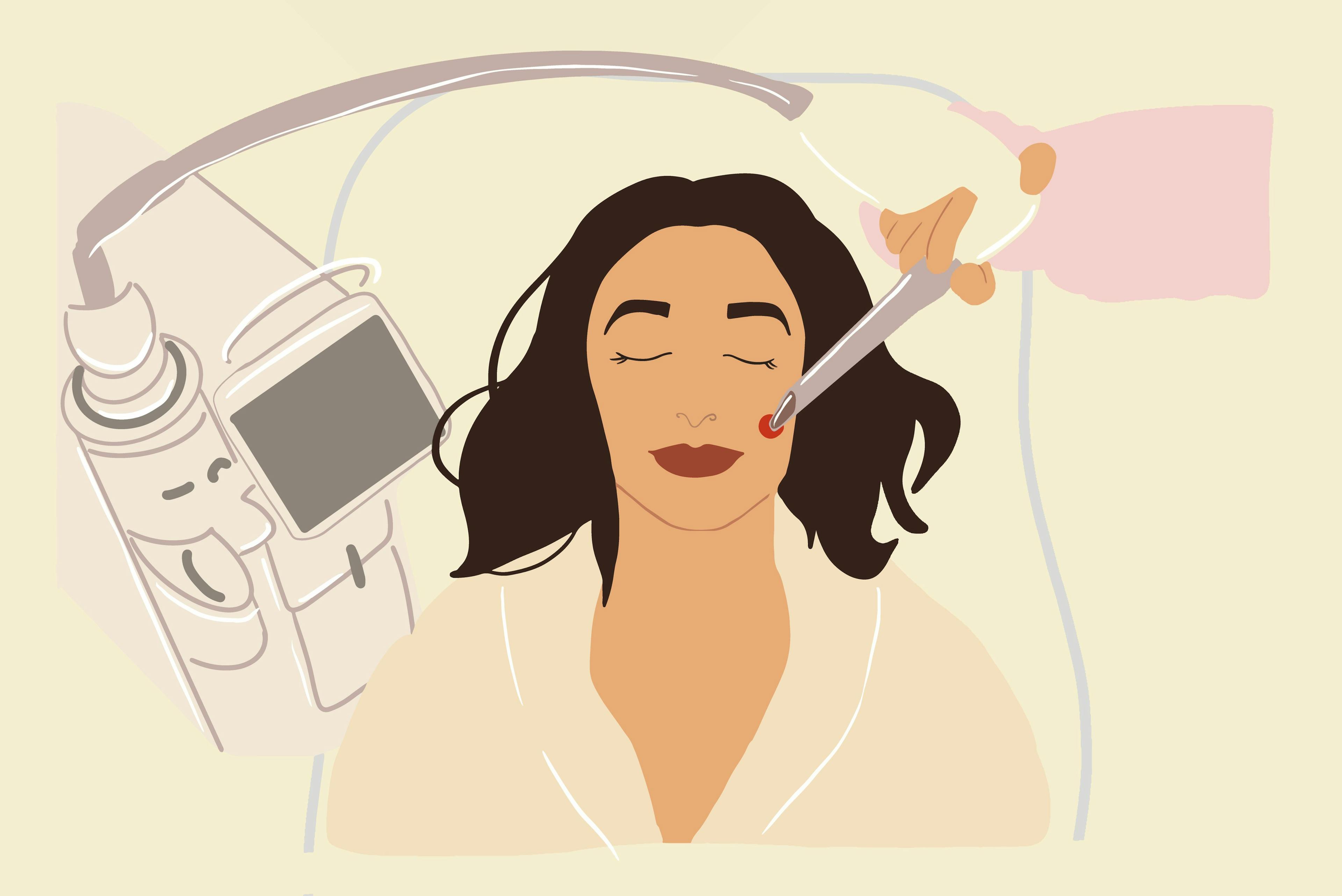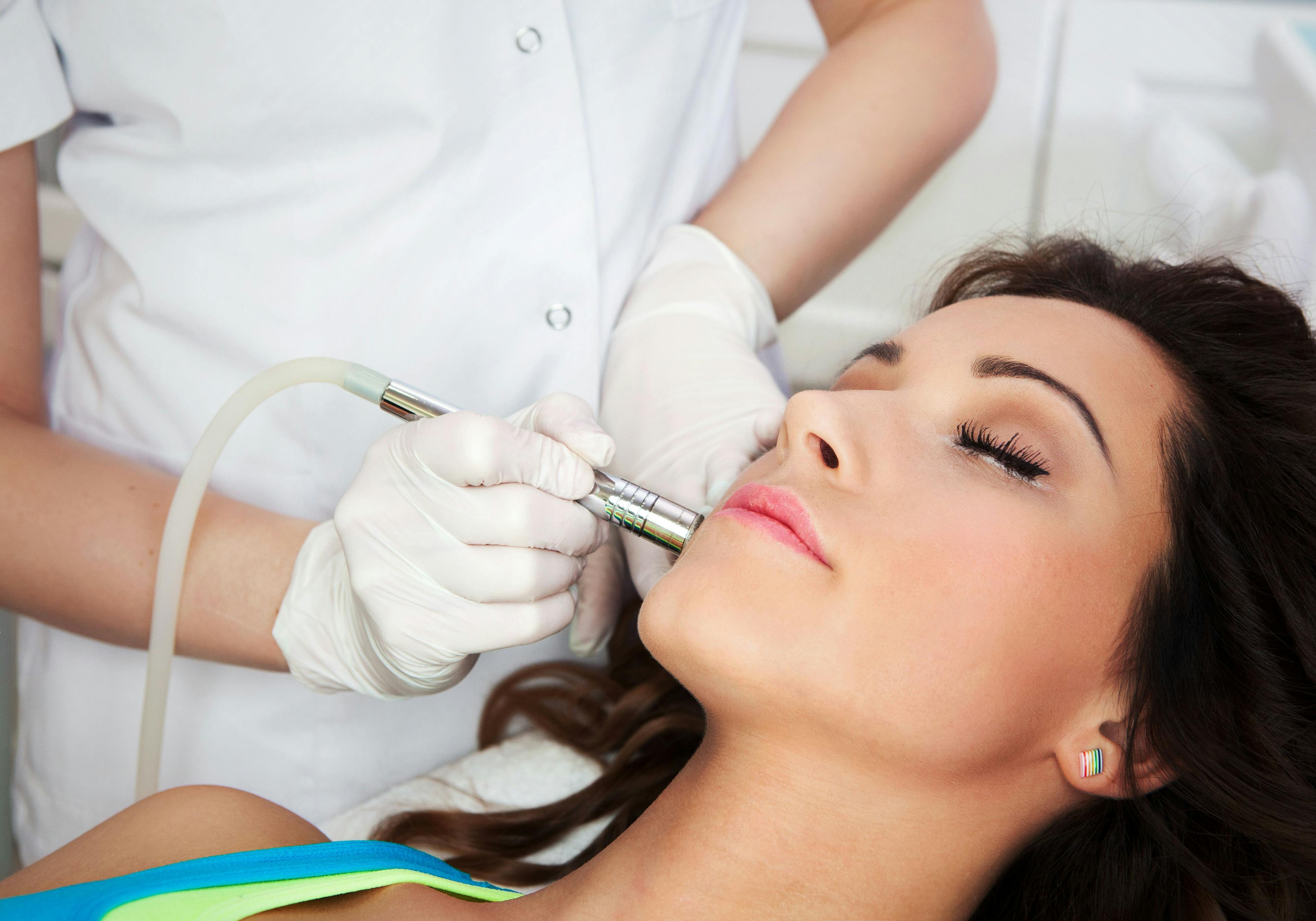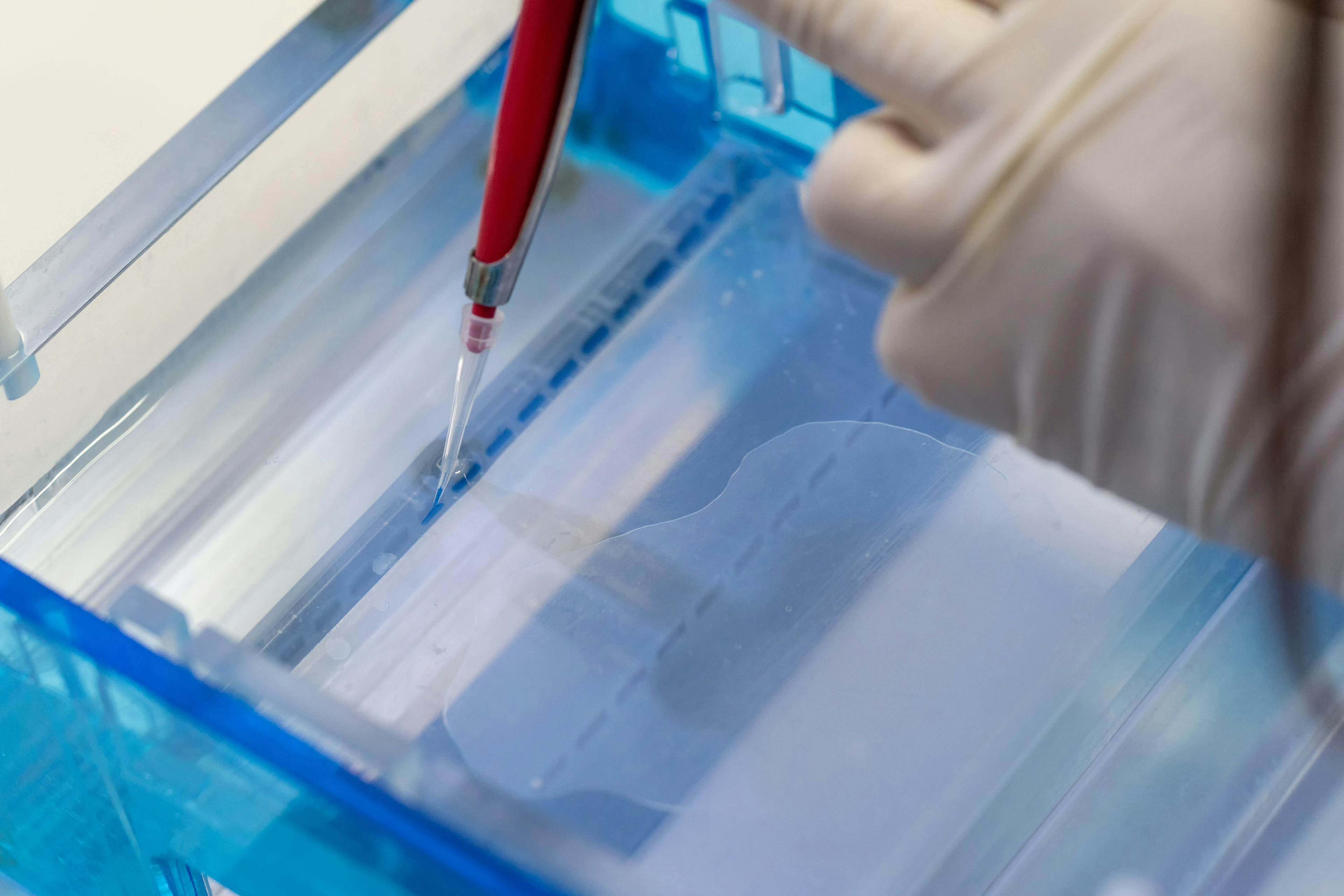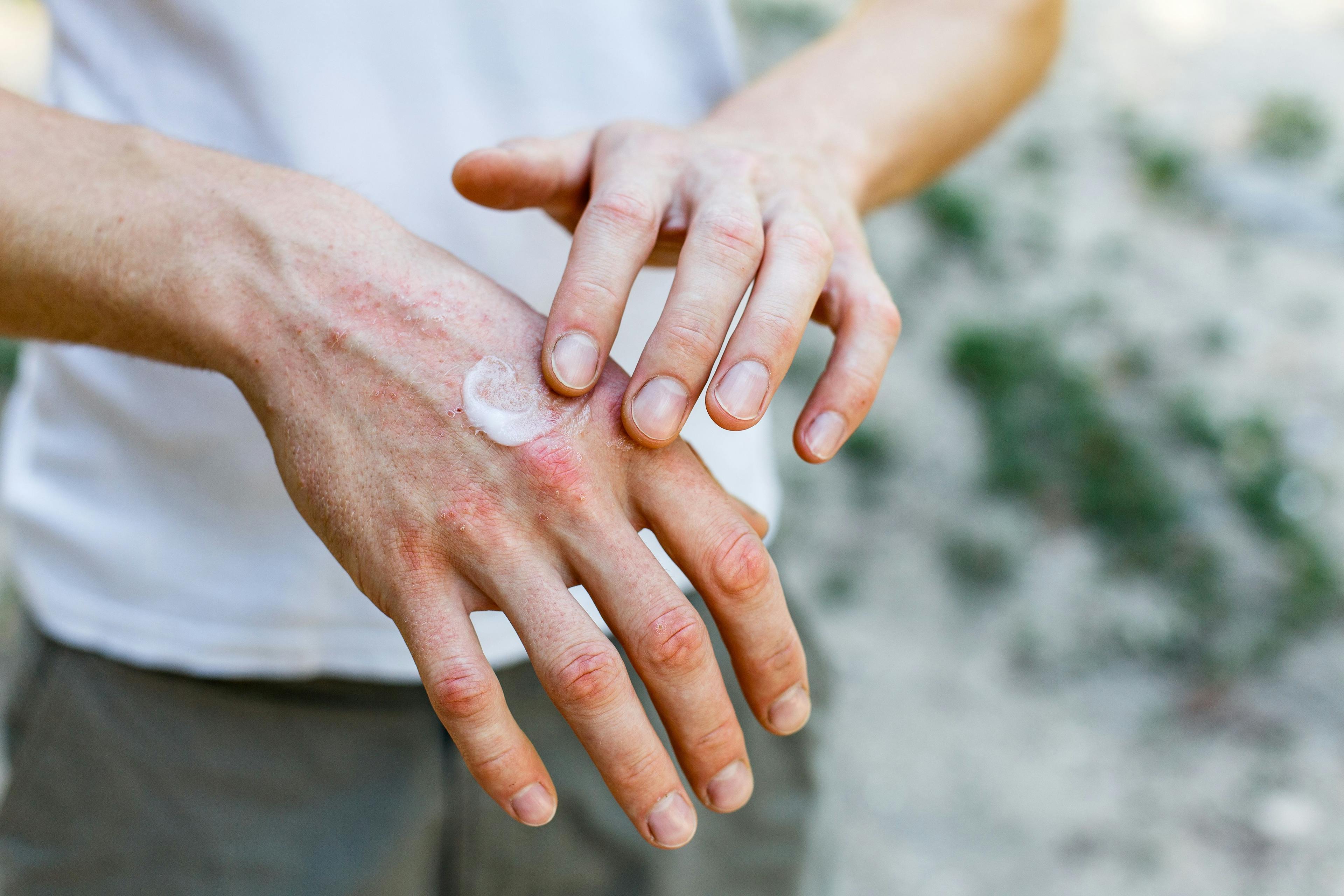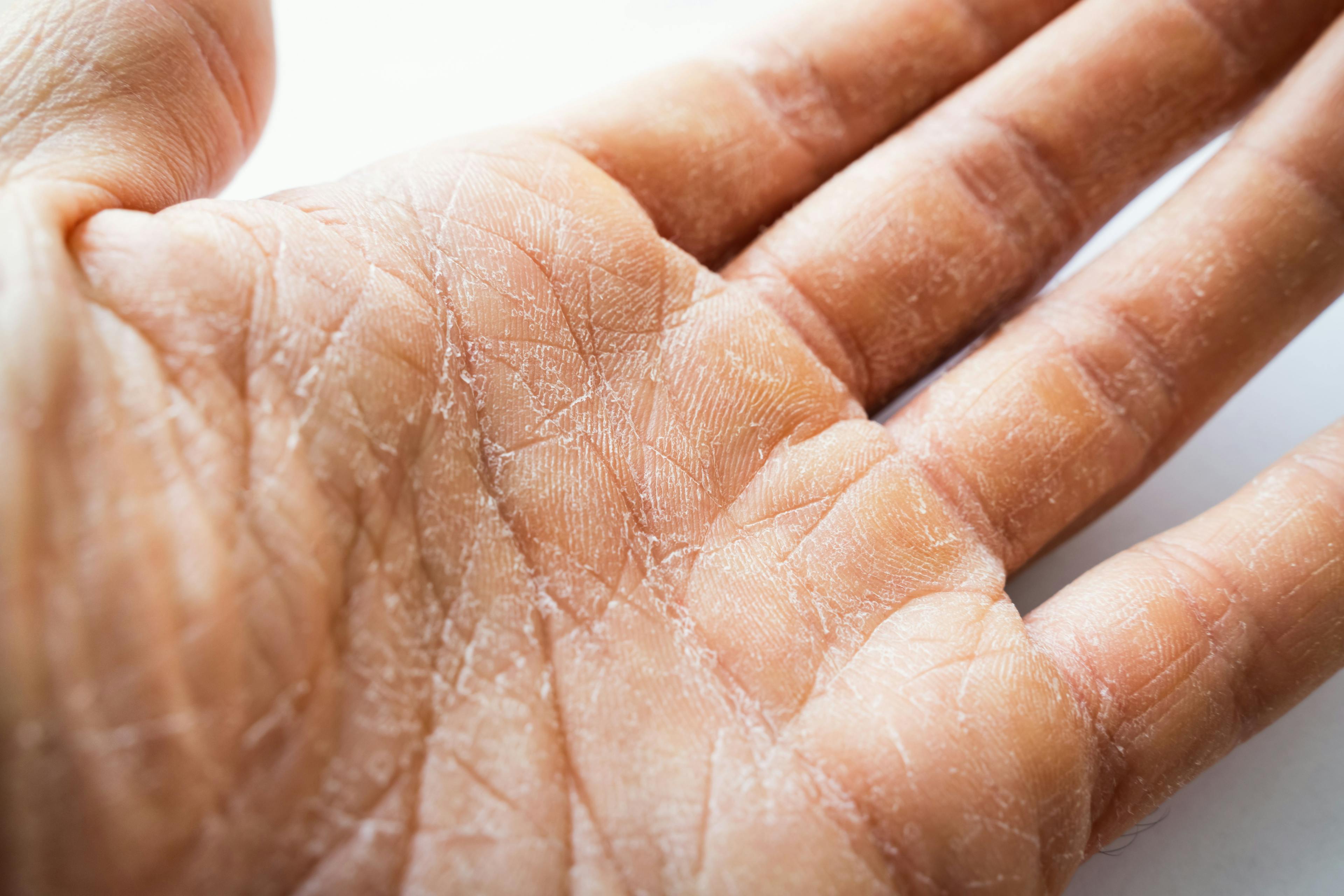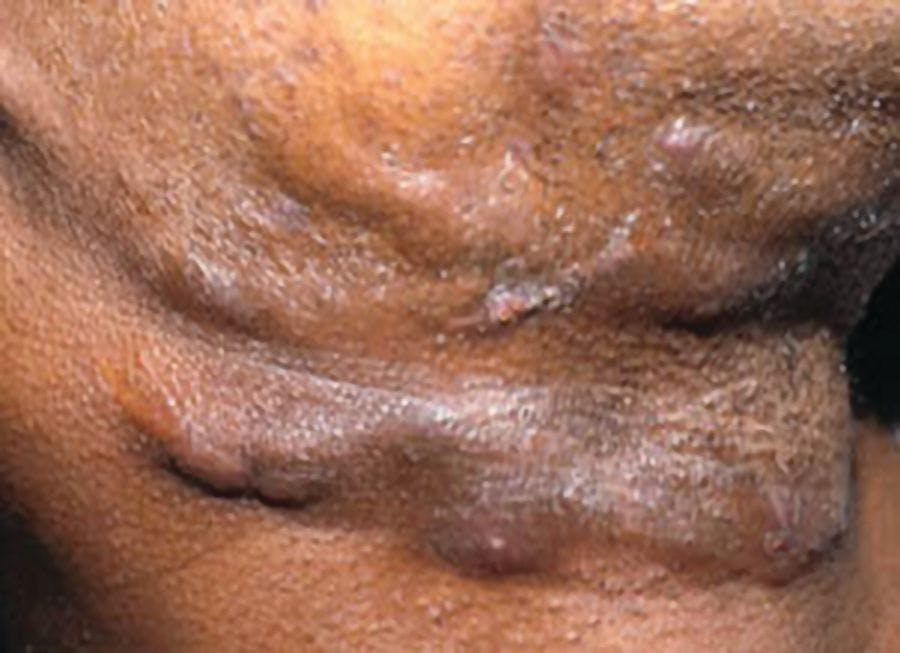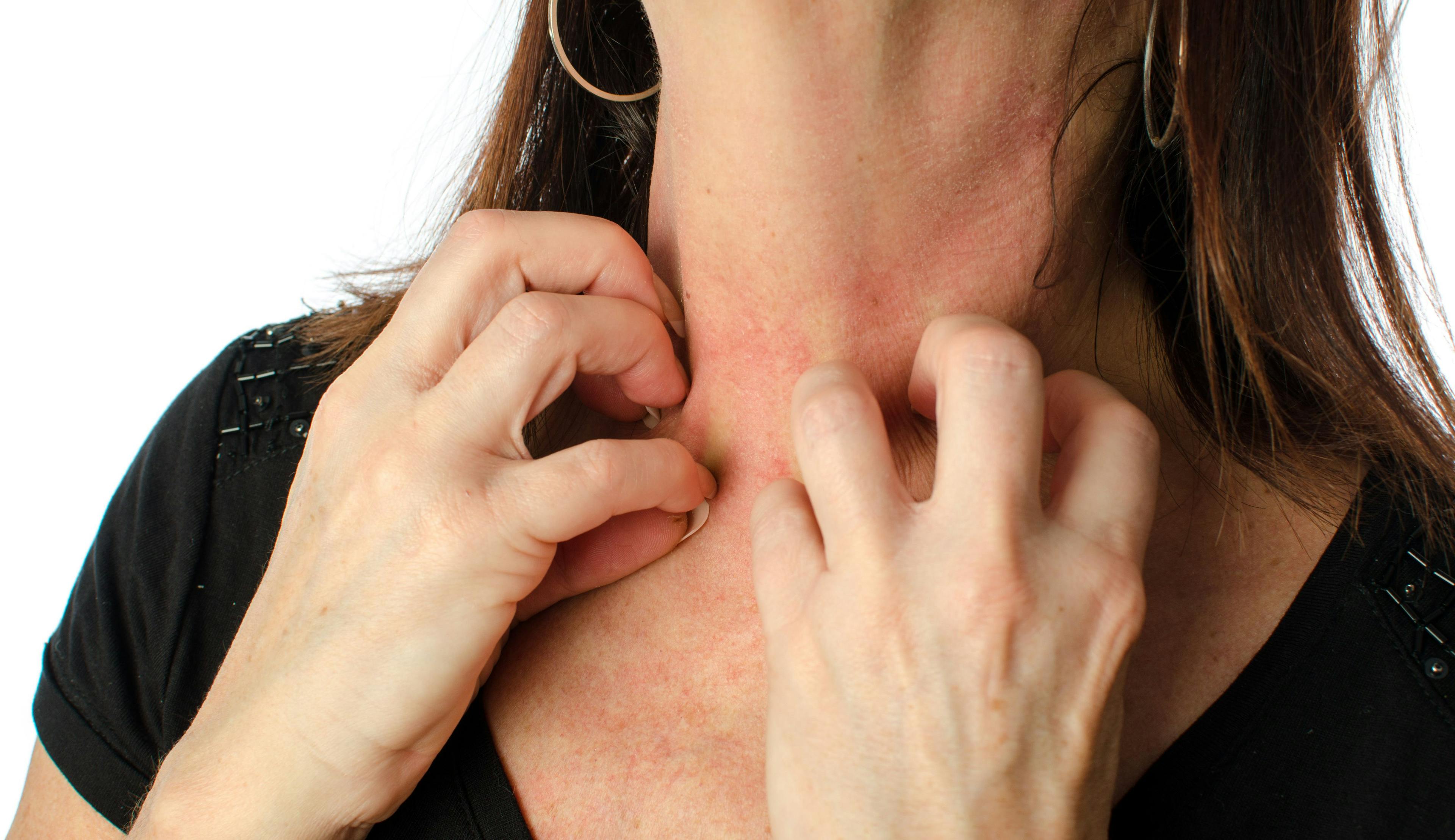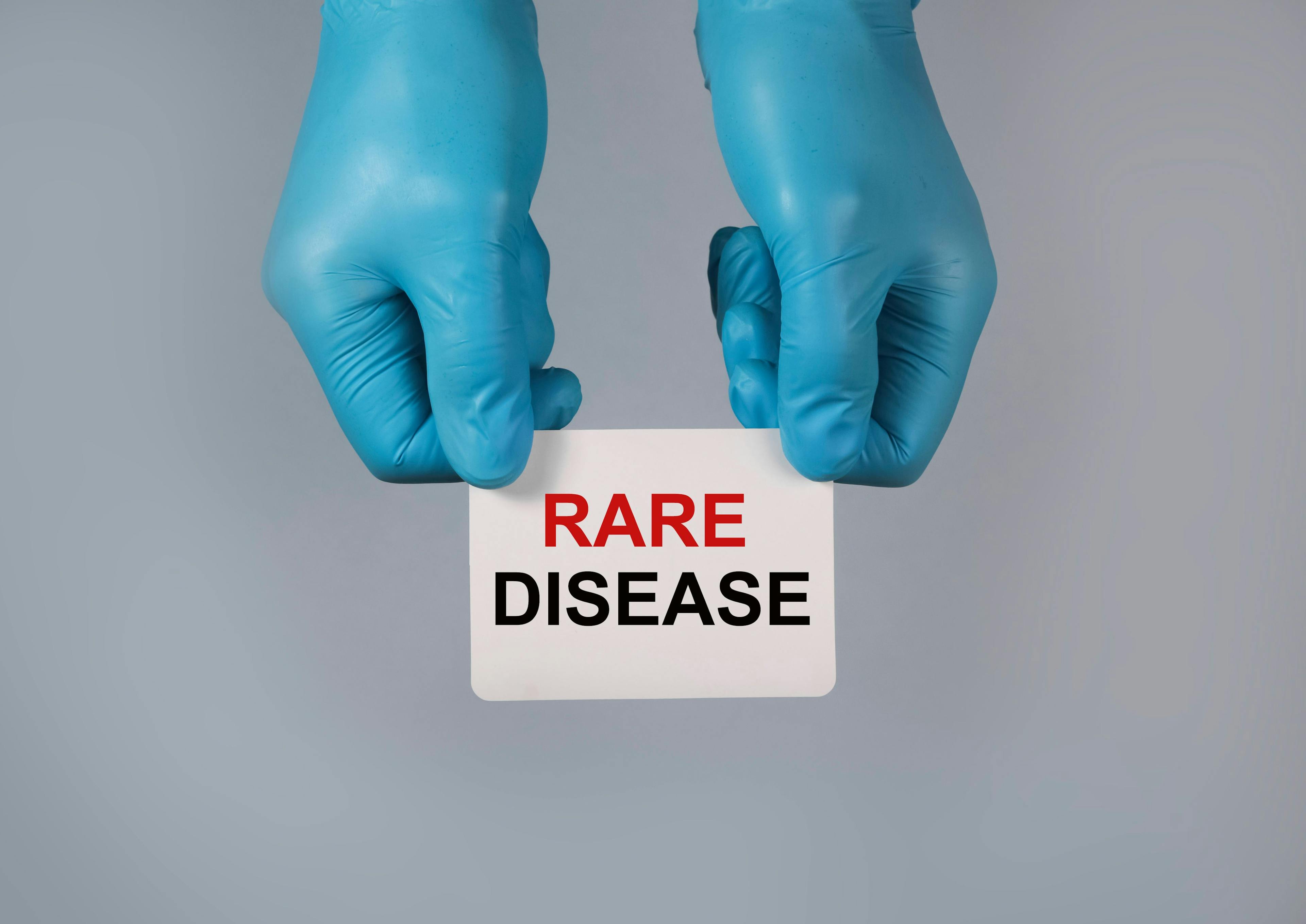- Acne
- Actinic Keratosis
- Aesthetics
- Alopecia
- Atopic Dermatitis
- Buy-and-Bill
- COVID-19
- Case-Based Roundtable
- Chronic Hand Eczema
- Chronic Spontaneous Urticaria
- Drug Watch
- Eczema
- General Dermatology
- Hidradenitis Suppurativa
- Melasma
- NP and PA
- Pediatric Dermatology
- Pigmentary Disorders
- Practice Management
- Precision Medicine and Biologics
- Prurigo Nodularis
- Psoriasis
- Psoriatic Arthritis
- Rare Disease
- Rosacea
- Skin Cancer
- Vitiligo
- Wound Care
Publication
Article
Dermatology Times
Topical Steroid Withdrawal Syndrome Manifesting in Patients Treated for Atopic Dermatitis
Author(s):
Recent studies show patients are experiencing adverse effects of stopping corticosteroid treatment.
Topical steroid withdrawal (TSW), also known as steroid addiction, refers to the dermatological condition that occurs after the withdrawal of topical corticosteroid (TCS) use, commonly resulting in erythematous, burning, stinging skin. TSW has drawn attention on social media in recent years, and some websites and patient blogs are recommending that topical corticosteroids not be used in the management of atopic dermatitis because of possible side effects.1 This is troublesome because it contradicts evidence-based atopic dermatitis treatment guidelines and can lead to reduced medication adherence and therapeutic failure. Premature discontinuation of topical corticosteroids in patients with atopic dermatitis can further result in flare of preexisting disease, warranting the need for slow tapering under supervision of a dermatologist and the substitution with nonsteroidal medications (ie, topical calcineurin inhibitors). The issue is compounded by the lack of a gold-standard diagnostic approach and adequately defined terminology, spurring patient self-diagnosis. Additionally, the pathomechanism for TSW is still poorly understood. It has been proposed that the sudden cessation of corticosteroids leads to increased nitric oxide (NO) levels and exaggerated vasodilation of cutaneous blood vessels.2 Additionally, Lin et al3 postulate that barrier disruption from TCS use induces a cytokine cascade once the anti-inflammatory effects of TCS are withdrawn, resulting in withdrawal dermatitis.
In 2014, Hajar et al4 conducted a systematic review with the goal of looking at the prevalence of TSW, outlining its signs and symptoms and identifying potential risk factors for developing the disease. They searched for terms such as TCS withdrawal, addiction, abuse, tolerance, rebound, dependence, rosacea, red skin, red face, etc. A total of 192 full-text articles were considered, and they indicated that a majority of patients with manifestations of TCS withdrawal were women (81%) who had used mid- or high-potency TCS on their face (97%). The primary indication for the initial use of TCS was atopic dermatitis (33.3%), followed by cosmetic use and pigmentary disorders (14.3%). Only 1 study (n = 40 patients) had reported frequency of TCS use, with all 40 individuals using TCS continuously and daily. Fourteen studies (n= 210 patients) stated that 85.2% had used TCS for more than 12 months. Common signs and symptoms of TSW included erythema (92.3%), burning/stinging, exacerbation with heat or sun, pruritus, pain, and facial hot flashes. Papules, nodules, and pustules were reported in half of the patients. One article described a “headlight sign” referring to erythema of the mid and outer cheeks sparing the nose and ears. Important to the first step for treating topical corticosteroid withdrawal is discontinuation of all steroids. Oral antibiotics are offered when appropriate, and supportive care with antihistamines, ice/cool compresses, and psychological support were recommended.
In 2020, Hwang et al5 performed an updated literature search using the same methods as Hajar et al. They found 11 additional studies and, similar to Hajar, they found that the majority of patients were female (78.9%). However, the updated literature search found that the primary indication for TCS was cosmetic (61.4%) with only 14.2% using TCS for treatment of atopic dermatitis. Cosmetic use was primarily reported by Jain et al describing a study done in India where skin lightening was desired. This is alarming given the availability of nonsteroid options for cosmetic use. They found that duration of TCS usage was generally 6 months or more, and none of the cases reported less than 3 months of usage. Onset of symptoms mainly occurred > 3 months after cessation of TCS (38.5%), and similarly resolution mostly occurred > 3 months (77.3%) after the onset of symptoms. Similar signs and symptoms were described in this updated review, with the addition of specialized jargon used by Sheary et al,6 namely, “elephant wrinkles” and “red sleeve” signs. Elephant wrinkles refers to thickened skin with reduced skin elasticity in up to 56% of adults. Red sleeve sign refers to rebound eruption in the upper and/or lower limbs sparing the palms and soles. Lastly, in addition to antibiotic and antihistamine use, calcineurin inhibitors (topical, oral or both) and dupilumab have reported to treat withdrawal episodes.
The authors reported that their study was limited by the availability of high-quality studies using rigorous, prospective designs. Additionally, there was heterogeneity in the studies included and variability in the extent of data. Further studies are needed to better understand and define this entity. Ultimately, both clinicians and patients should be aware of the risks of TSW and physicians should avoid overprescribing TCS. However, this should not prevent the appropriate treatment of patients with chronic inflammatory skin disease.
References
1. International Topical Steroid Awareness Network (ITSAN). Accessed September 23, 2022. https://www.itsan.org/blog/
2. Narang T, Kumaran MS, Dogra S, Saikia UN, Kumar B. Red scrotum syndrome: idiopathic neurovascular phenomenon or steroid addiction? Sex Health. 2013;10(5):452-455. doi:10.1071/SH13052
3. Lin TK, Wei KJ, Wu CH, et al. Barrier abnormalities and keratinocyte-derived cytokine cascade after cessation of long-term topical glucocorticosteroid on hairless mouse skin. Dermatologica Sinica. 2015;33(2):103-111. doi:10.1016/j.dsi.2015.05.002
4. Hajar T, Leshem YA, Hanifin JM, et al. A systematic review of topical corticosteroid withdrawal (“steroid addiction”) in patients with atopic dermatitis and other dermatoses. J Am Acad Dermatol. 2015;72(3):541-549.e2. doi:10.1016/j.jaad.2014.11.024
5. Hwang J, Lio PA. Topical corticosteroid withdrawal (‘steroid addiction’): an update of a systematic review. J Dermatolog Treat. 2022;33(3):1293-1298. doi:10.1080/09546634.2021.1882659
6. Sheary B. Steroid withdrawal effects following long-term topical corticosteroid use. Dermatitis. 2018;29(4):213-218. doi:10.1097/DER.0000000000000387

Newsletter
Like what you’re reading? Subscribe to Dermatology Times for weekly updates on therapies, innovations, and real-world practice tips.

